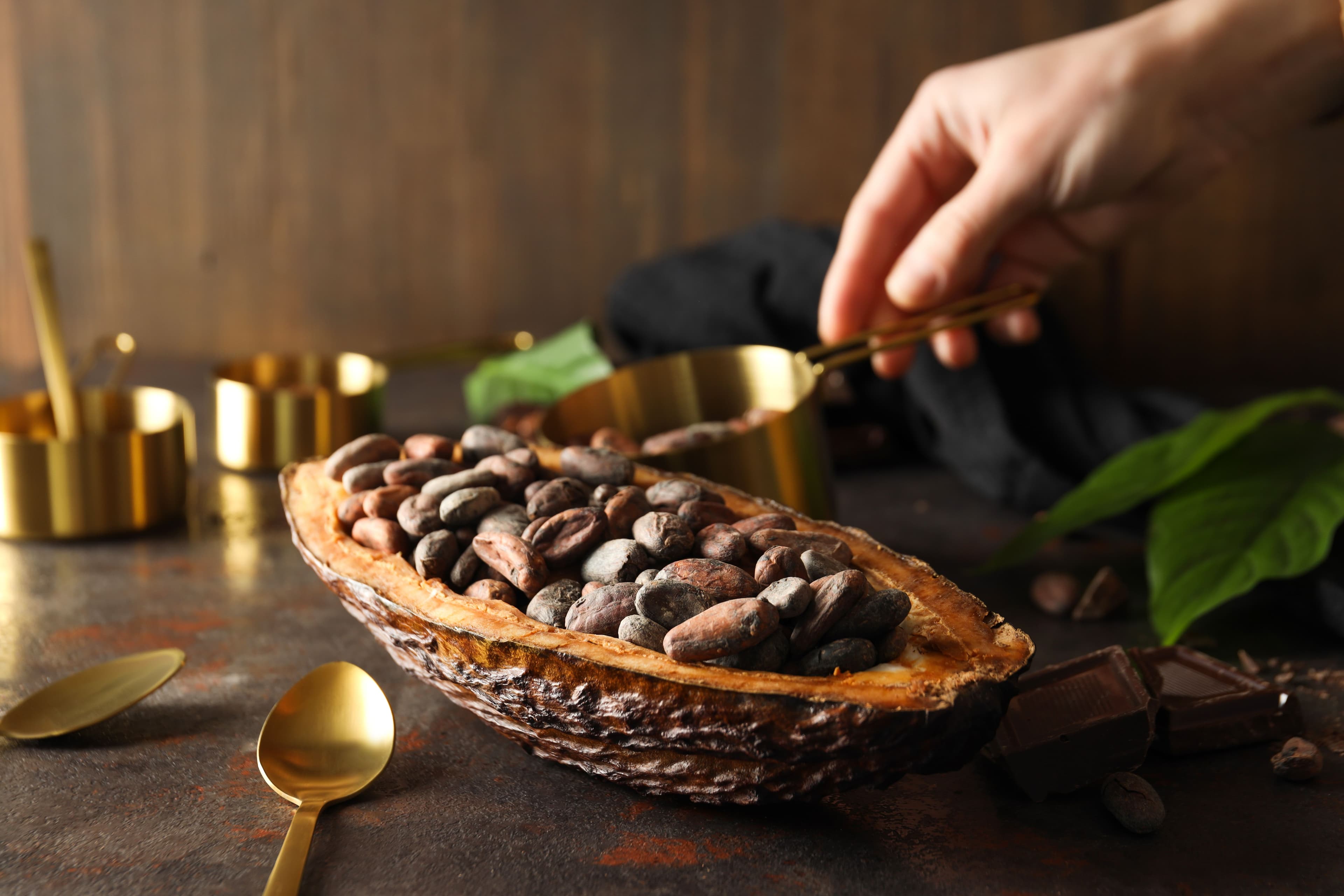
The Sweet Future of Indonesian Cocoa: Trends, Challenges, and Global Demand
Indonesia’s cocoa industry, powered by 1.5M farmers, faces challenges but global demand rising 2.2% yearly offers big opportunities for sustainable, value-added products.
Indonesia is the world’s third-largest cocoa producer, supplying between 220,000 and 250,000 metric tons per year. The heart of this production lies in the hands of more than 1.5 million smallholder farmers, with over 90% of cocoa grown on plots smaller than 2 hectares.
However, the industry faces several challenges:
- Aging Trees: Many plantations are over 20 years old, leading to lower yields.
- Post-Harvest Issues: Fermentation and drying practices are not always optimal, affecting bean quality.
- Global Price Fluctuations: Farmers are vulnerable to sudden price drops.
Despite these challenges, there’s a promising shift in market demand. According to the International Cocoa Organization (ICCO), global cocoa consumption is expected to grow by 2.2% annually until 2030. This growth is driven by rising demand in emerging markets, the popularity of dark chocolate, and increasing consumer awareness about ethical sourcing.
For Indonesia, this presents an opportunity to transition from exporting bulk raw cocoa to value-added products such as:
- Single-origin cocoa powder for artisan bakers.
- Cocoa nibs for health-conscious consumers.
- Craft chocolate bars highlighting unique regional flavors like Sulawesi or Papua.
Government programs and private sector initiatives are already helping farmers access better seedlings, improve fermentation methods, and connect directly with buyers in Europe, Japan, and the United States. With the right investment in training and infrastructure, Indonesian cocoa could set a new global standard for quality, transparency, and sustainability.